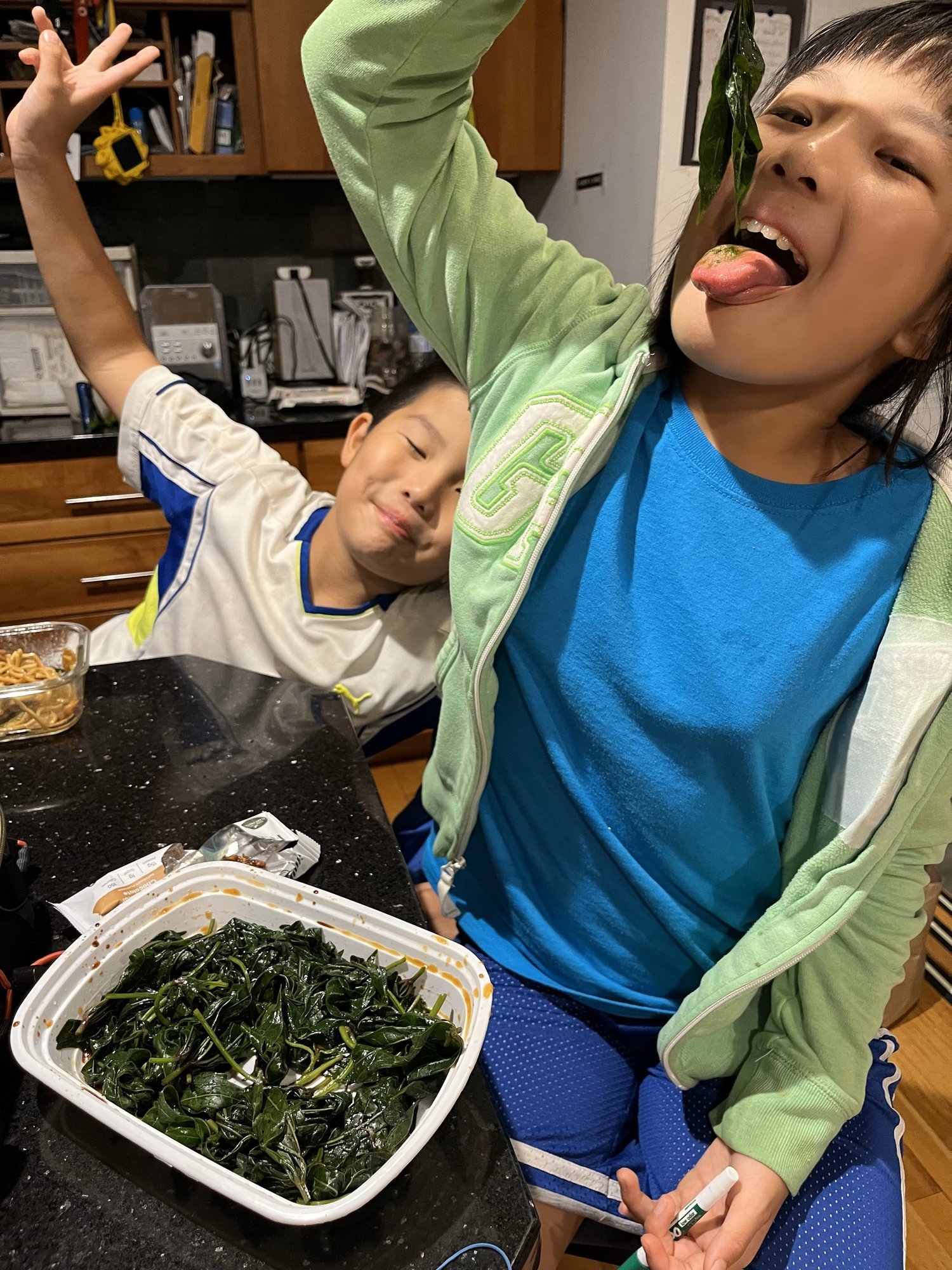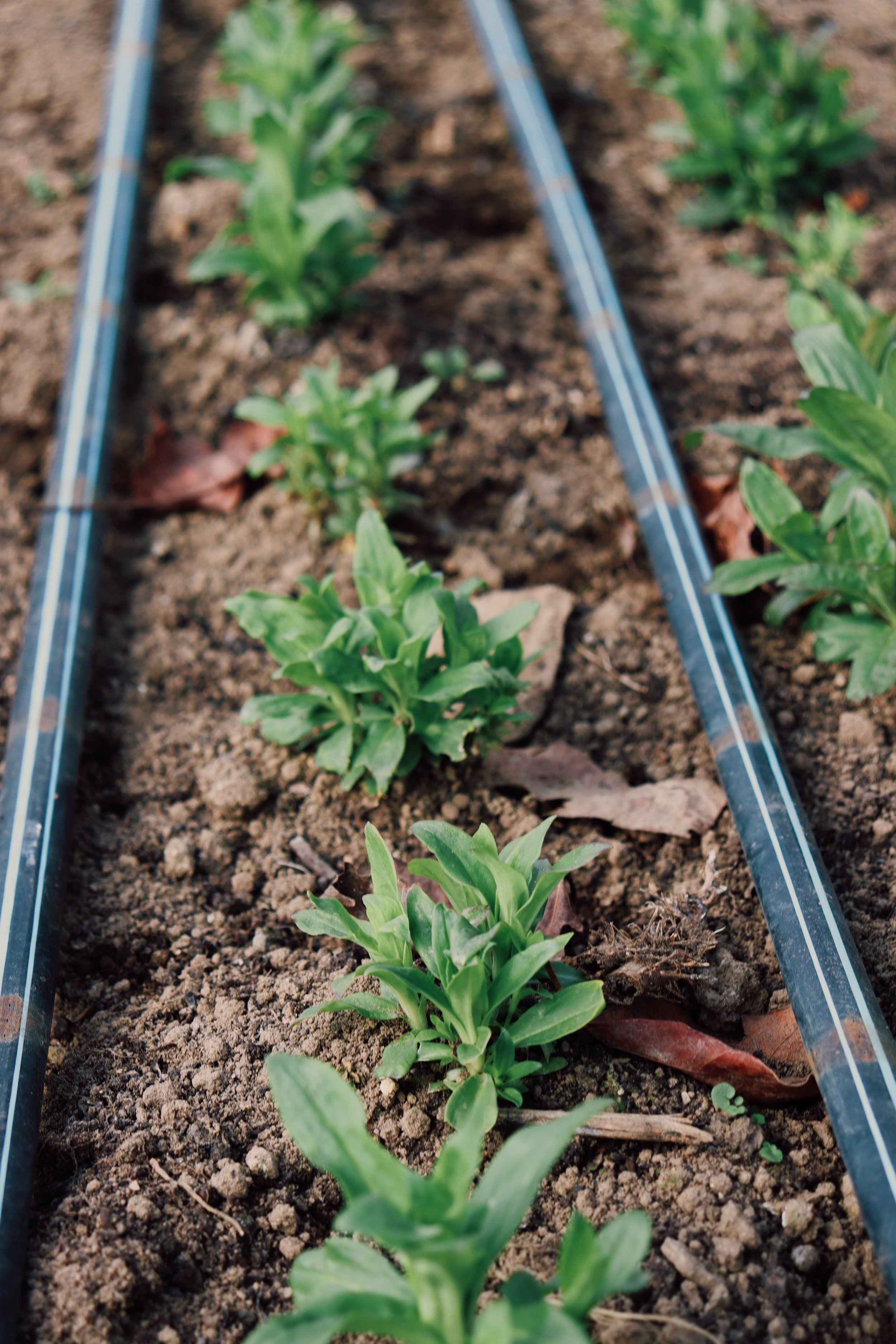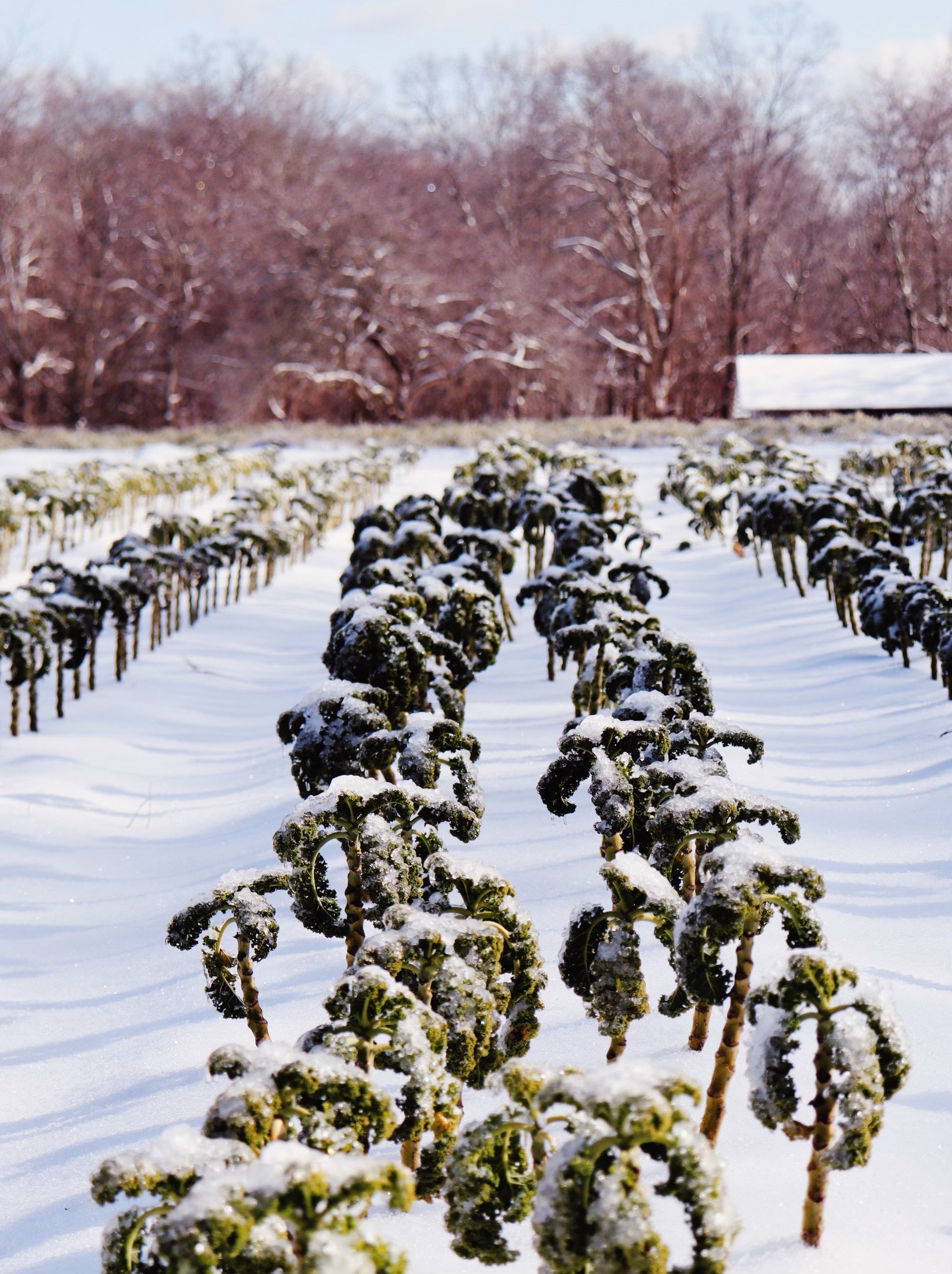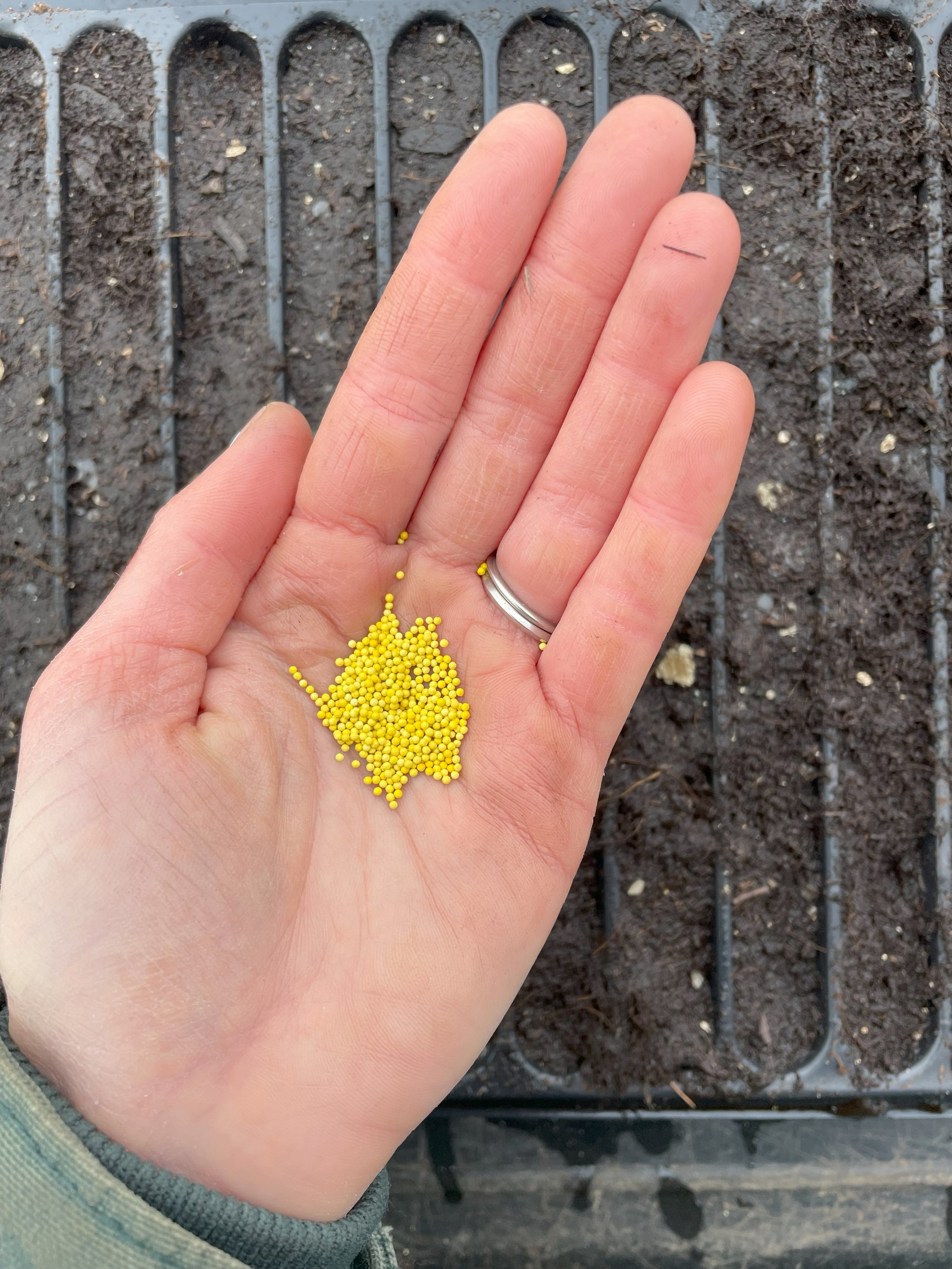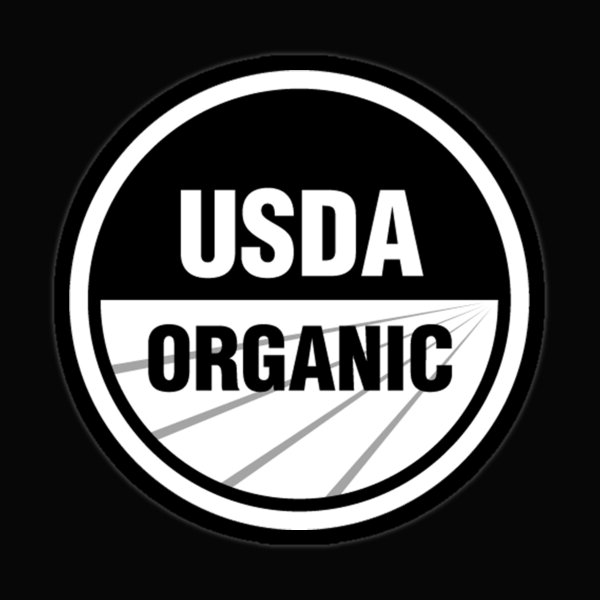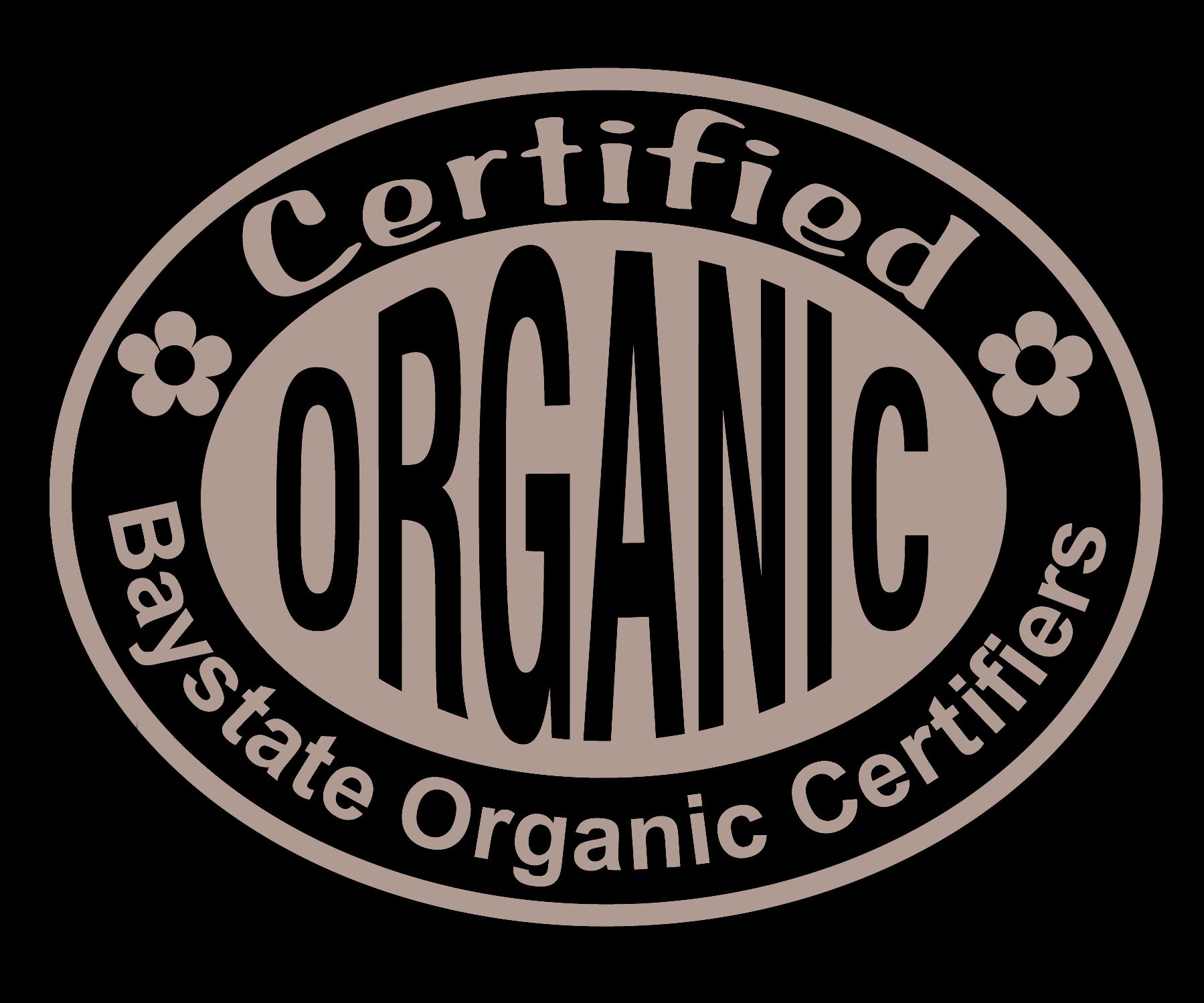If you remember, all the way back in July, we built two new high tunnels on the farm. At that time, the days were long and hot, and we were busy harvesting, planting, and repeating, with no end in sight. Once tunnel construction wrapped up, we pulled black silage tarps over the ground inside the tunnels and left the area untouched for months.
Now, with December upon us, nothing left to harvest, and the last market of the season in the rearview, we were ready to start breaking new ground and preparing the tunnels for the 2025 season.
I may have implied negligence, but using silage tarping is common practice for low- and no-till farmers. We drag a black tarp over the field and place sandbags around the edges to hold it in place. The heat generated from the sun on the black plastic and the lack of sunlight underneath eliminate the grass and weeds growing in that area. By the time we pulled back the tarps late in the fall, the tunnels, which had been filled with grass and weeds, looked much more like bare soil. After digging out some remaining, persistent, weeds (grrrr, vetch!), it was time for bed preparation.
The BCS walk-behind tractor is the only machine we use in the growing areas. It is relatively lightweight, which limits compaction to the soil, and it’s small enough to fit into the high tunnels. Its rotary plow attachment digs out shallow walking paths and spreads the extra soil onto the bed tops. With this implement on the BCS and the markers for where each path should go in place, I wheeled the tractor into the tunnel and tried to walk in the straightest lines possible. Results varied.
With the beds defined, we worked on the soil structure next by broadforking. A broadfork has heavy, metal, tines which help to loosen and aerate the soil. Unlike conventional tillage, which turns over layers of soil, broadforking simply creates channels for air, water and nutrients to penetrate into the earth. It minimizes damage to underground networks of fungi and other soil organisms.
Isa is a broadforking beast!
New beds tucked in under their leaf mulch.
Next step, add organic matter. Isa and I added buckets of compost to each new bed. Then, we covered the bedtops in a layer of leaf mulch. The compost and leaf mulch will add and support soil microorganisms who will, in turn, support our crops in accessing nutrients from the soil. Finally, we pulled the tarp back over the beds to keep them weed-free until spring. Goodnight microorganisms! Or rather, get to work! They’ll be busy decomposing the leaf mulch over the next couple months.
The next time we enter the high tunnels we’ll be planting our spring crops! Wishing everyone a happy new year, and looking forward to seeing you in 2025!
- Kiersten
